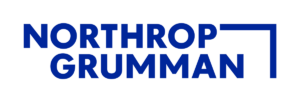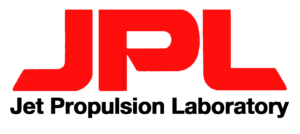Sharing the P&L with Employees

There are two significant ways in which you can share the P&L; within your company, financially and informationally. Let’s talk about both.
Many companies are now “sharing” company losses with employees, in the form of layoffs, reduced hours, pay cuts, etc. This is getting companies back to break even, and from what we hear, employees have been tolerant of the changes. We hope that these same companies will be willing to share on the upside as well. We are strong proponents of incentives tied to specific individual performance.
Open Book Management provides company employees with a clear view of company financial information. There are pros and cons to this approach, but we believe that in challenging times, you can make this work to your benefit. Here are some tips on how to effectively use Open Book Management:
- Train employees to understand the financial basics
- Provide appropriate visibility. Example: Cost of goods sold could be completely transparent. Some G&A; accounts, like office staff compensation, should be shown selectively, or as an aggregate number.
- Empower people to own the numbers under their direct control, and to be able to use the information to improve their performance and the company’s performance.
- Provide clear direction on how each individual’s actions specifically and measurably impact the financial results of the company.
- Give people a stake in the company’s success – provide performance based incentives.
- Listen to the reactions of the employees – allow for a variety of feelings and responses when the information is received and processed.
- Take it slow – don’t overwhelm people with data, or expect them to be experts overnight.
Open communication is high on the desirable list of most CEOs. Open Book Management is an opportunity to lead by example and get solid return on investment – investing trust and confidence that employees will utilize properly presented information to your advantage.


























